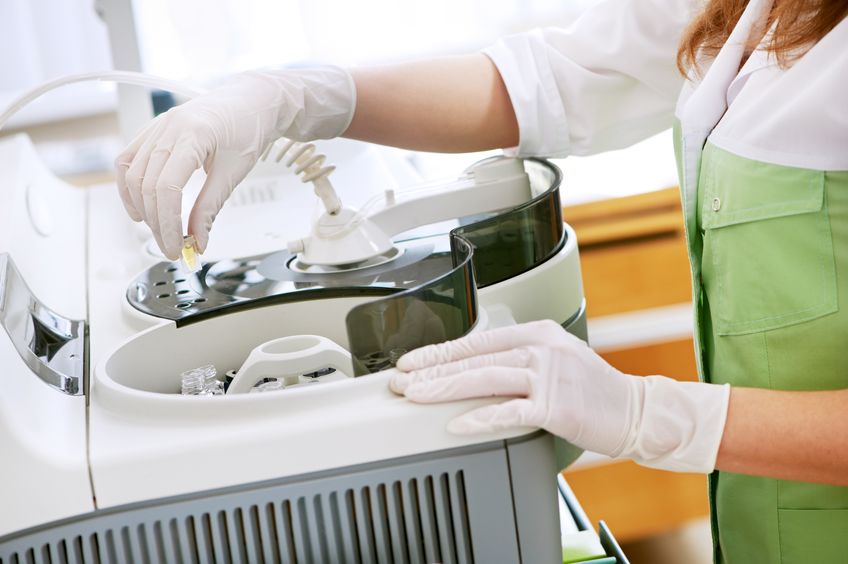OMICRON – THE NEW VARIANT

As far as COVID-19 variants go, Omicron has grabbed almost everyone’s attention. In November, the World Health Organization classified it as a variant of concern. Right now, the numbers of positive omicron cases are increasing drastically across the world.
The new mutation is considered to be potentially more transmissible. The first case of the omicron variant was first discovered in South Africa. It has been detected in several countries now. Nations around the world are trying to identify how many cases of the omicron variant they have. There are also fears over this new strain of coronavirus which may force governments to shut borders and revisit restrictions.
The CDC is collaborating with various global public health and industry partners to learn more about Omicron. Scientists are still studying its spread, the severity of illness it can cause, and the effects of vaccines and medications against it. The Omicron variant, most likely, spreads more easily than the original SARS-CoV-2 virus. Anyone with Omicron infection can spread the virus to others, irrespective of their being vaccinated or not.
Omicron is unlike any other variant in circulation. The variant carries 60 mutations compared to the original Wuhan strain. There are three most likely stories regarding its origin.
These are as follows:
- Omicron emerged from an immunocompromised person.
- Omicron emerged from reverse zoonosis – human to animal followed by animal to human transmission.
- Omicron emerged from the treatment of a COVID-19 patient with the mutagenic drug molnupiravir.
Symptoms of Omicron virus
An omicron infected person undergoes body ache, generalized weakness, fatigue, headache and fever in the initial days. Eventually, they might develop a dry cough along with a cold with runny nose, sneezing, etc.
In most patients, the fever resolves in 3 days. If not, that’s a sign of moderate to severe infection which requires close monitoring or hospitalization. The dry cough takes a few days to subside.
Some new symptoms added to the list are nausea and loss of appetite. Some infected people also experience a skin rash, irritation and redness in the eyes, and discoloration of fingers or toes.
Some serious symptoms of Omicron are difficulty in breathing or shortness of breath, loss of speech or mobility, and chest pain.
Ways to prevent the Omicron infection from spreading
The key to preventing the spread of infection is to isolate at the right time from other family members. Use the rapid antigen test in case of any symptoms.
Be properly masked if you have to go out as the Omicron infection is much more infectious than the other mutant. When you have any symptoms and you need to step out, you must wear an N95 mask. A simple cloth or surgical mask does not suffice if you are symptomatic and coughing.
Follow all given the norms of washing hands frequently and physical distancing.
Health authorities have recommended home quarantine for all symptomatic and asymptomatic people infected from Omicron. Hospitalization is necessary only in case of the symptoms becoming severe and unmanageable.



